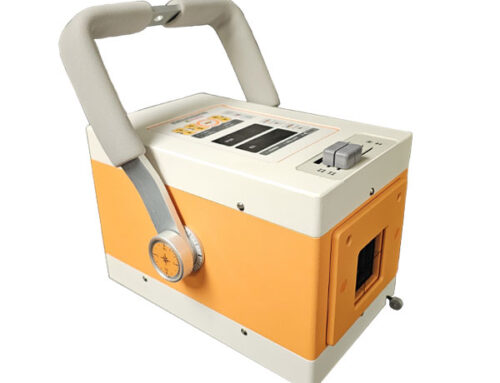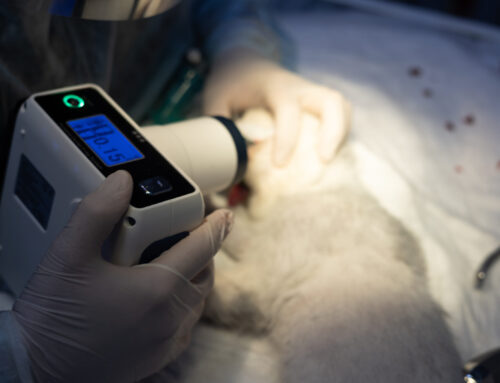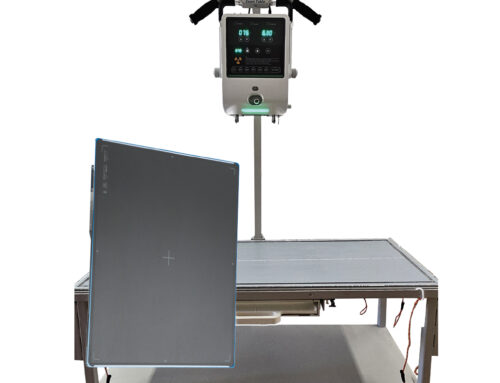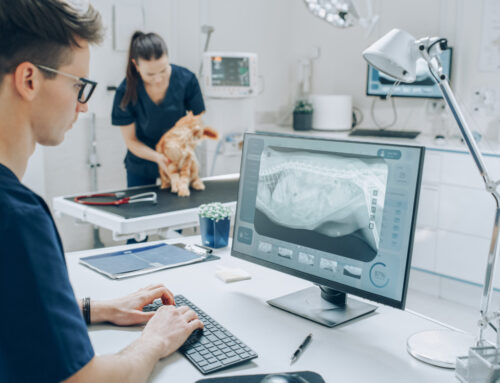There is more than one way to take your imaging into the digital age. Of course, as is usually the case any time one is offered options, there are pros and cons to each. Below, we’ll break down the advantages and challenges posed by both computed radiography (CR) and digital radiography (DR) panels.
CR Unit
If you choose to use CR, your analog system takes X-ray exposures in the usual way but uses a CR-specific cassette in place of a traditional film cassette. After the exposure is taken, the cassette is run through a CR reader where the image is scanned into a digital format. The cassette can then be cleared and reused for future scans.
Pros
1). There is no validation of image quality with a CR until compared to a DR system
2). Once the CR cassette is inserted in the reader, most units will have the image rendered digitally in under a minute. This is exponentially faster than film processing.
3). Once an image is digitized, storage and transfer are far simpler and more space-efficient than film.
5). CR units have compatibility with other X-ray devices aside from a traditional rad room. A single CR reader can serve to “digitize” multiple analog units in a single facility.
6). Installation of a CR is less labor-intensive than a fixed DR panel and about the same as a tethered or wireless panel. Once the reader is positioned and connected to the facility network, the rest of the installation is software-based.
NOTE: -compatible CR readers will produce stricter quality guidelines than older units for all X-ray species. A new CR reader will work for all X-ray modalities,
7). Reimbursements for studies digitized with a CR reader will save you lost of money when compared to higher cost of DR units and over time they will add up to a significant dollar saving amount.
8). It is much easier for more users to operate a CR system where multiple cassettes are used in any location and read at the scanner.
9). Because a CR reader has many moving parts, But they cost a lot less to service then a DR service maintenance and
Cons
1). It is much faster than film but slower than DR
2). Takes time from the cassette from the bucky tray, take it to the reader, read it, clear it, and replace it into the bucky can add up to a couple minutes after the time spent to process the cassette
3), DR conversion methods can show the image on the spot.
Digital Flat Panel
Digital X-ray whether you choose to use a fixed panel, a tethered panel, or a wireless panel, there are options to accommodate a variety of both preferences and budgets.
Pros
1). Because a DR panel spends most of its time in your X-ray system’s bucky tray, you won’t require any additional space for it. 2). The workstation that comes with your panel can be wall-mounted or can live in about two feet of counter space.
3). A CR reader is only about the size of an office copier, but is far bulkier than a DR panel setup.
4). The average DR room will have an image captured and rendered in about 5-10 seconds.
5). Like a CR reader, a mobile DR panel can be shared across multiple systems and/or modalities when non fixed.
Cons
1). Because a CR reader has many moving parts, a DR system is still much more expensive to service and maintenance parts.
2). A internal mounted DR system cannot be remove from a fixed panel location
3). The sole cost to choosing a CR unit over a DR panel is 3-5 times more expensive.
Take a Hard look on your Decision
Sooner or later we will all be reading quality images from a CR or a DR system. At present, however, facilities considering this transition will need to evaluate the current cost and the later capital expenditure costs. U.S. users will want to think twice about investing in a none digital film system again.
.






